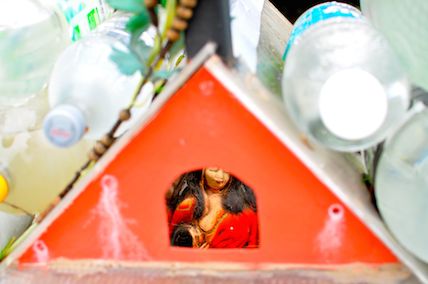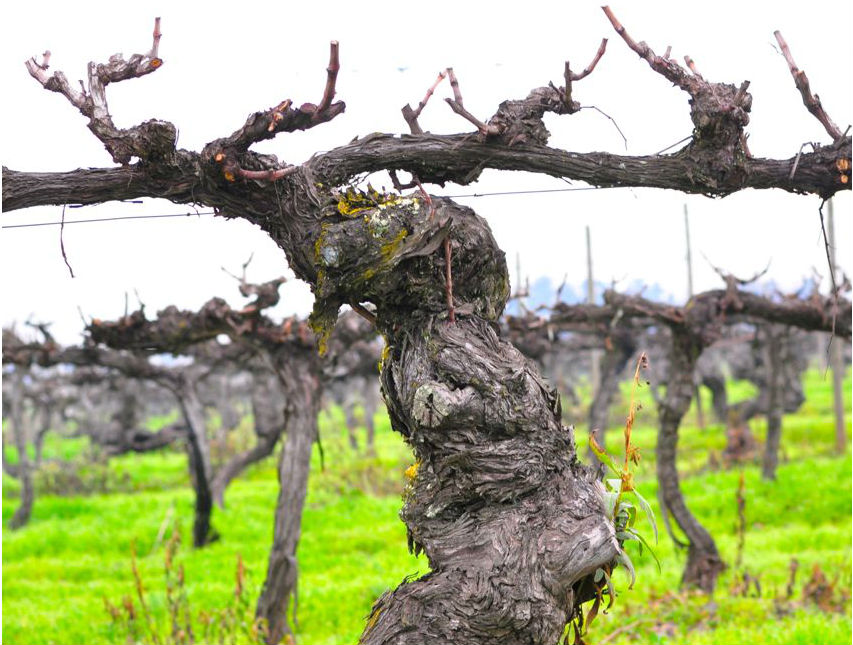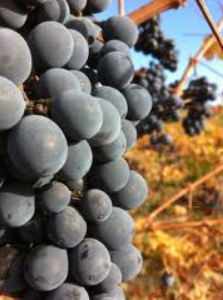“To talk about the future of Chilean wine, we need to talk about the past – and the past is in the south,” says winemaker Andres Sanchez. While many Chilean winemakers have been pushing the boundaries by planting in new regions stretching from the Atacama Desert region in the north and high altitude Andes to the end of solid land in the cool Coastal areas, some others are rediscovering old vines in the south – particularly in Maule.

Agriculture in the region blossomed and Maule soon became the biggest production region in Chile, as it still is today – measuring a whopping 30,000 hectares of vineyards. However historically you didn’t see Maule on all too many wine labels, because over the last couple hundred of years it has become the real workhorse of Chile, with high production and very little fame. That has changed though as the region is being rediscovered and primed for premium wines with new investment and interest coming from many wineries and winemakers.
“I think that it was a compendium of circumstances that have made Maule one of the most interesting regions,” says Jose Ortega, a pioneer in Maule and owner of O Fournier winery, “from the point of view of the quality of soil with its complexity, with its impressive climatic conditions to make wines with ageing potential, along with the age and characteristics of the old vines. All these characteristics make Maule a region that will be one of the best in the world.”
With warm days, plenty of sunlight, cool nights and the temperature balancing effect of the Maule River, the area is ripe for plantation and best of all in Maule, many vineyards have been planted there for centuries. The large resource of old vines in Maule has made it quite unique for Chile.
“Old vines offer a continuity in quality because of their low yield and the size of the grape is very small,” explains O Fournier winemaker Jose Spisso, “this is reflected in a suitable maturation which gives elegant tannins and allows them to achieve volume in the mouth and an incomparable sweetness.” The older vines also offer a diversity of clones as those that were planted centuries ago are quite distinct to those planted nowadays.
Maule is well known for its reds mainly – producing ripe and silky Carmenere, powerful Cabernet Sauvignon and refreshing Carignan (most notably in the Vigno movement). There are also some interesting wines being made from the most traditional grape in Chile – Pais – which is experiencing a mini-revolution of its own.
These older plantings don’t just stop at Maule, there are also many plantings in Itata further south still. In fact Itata is credited with having the oldest Malbec in the Americas with vines up to 200 years old. Although it isn’t just reds down south, you’ll also find some unique white wines like Muscat being made by wineries such as De Martino and Rogue Vine.
Eyes are turning to the South where growers and winemakers are now breathing new life into the old vines that were some of the first planted in the Americas and have witnessed some of the most remarkable changes in Chilean history.

